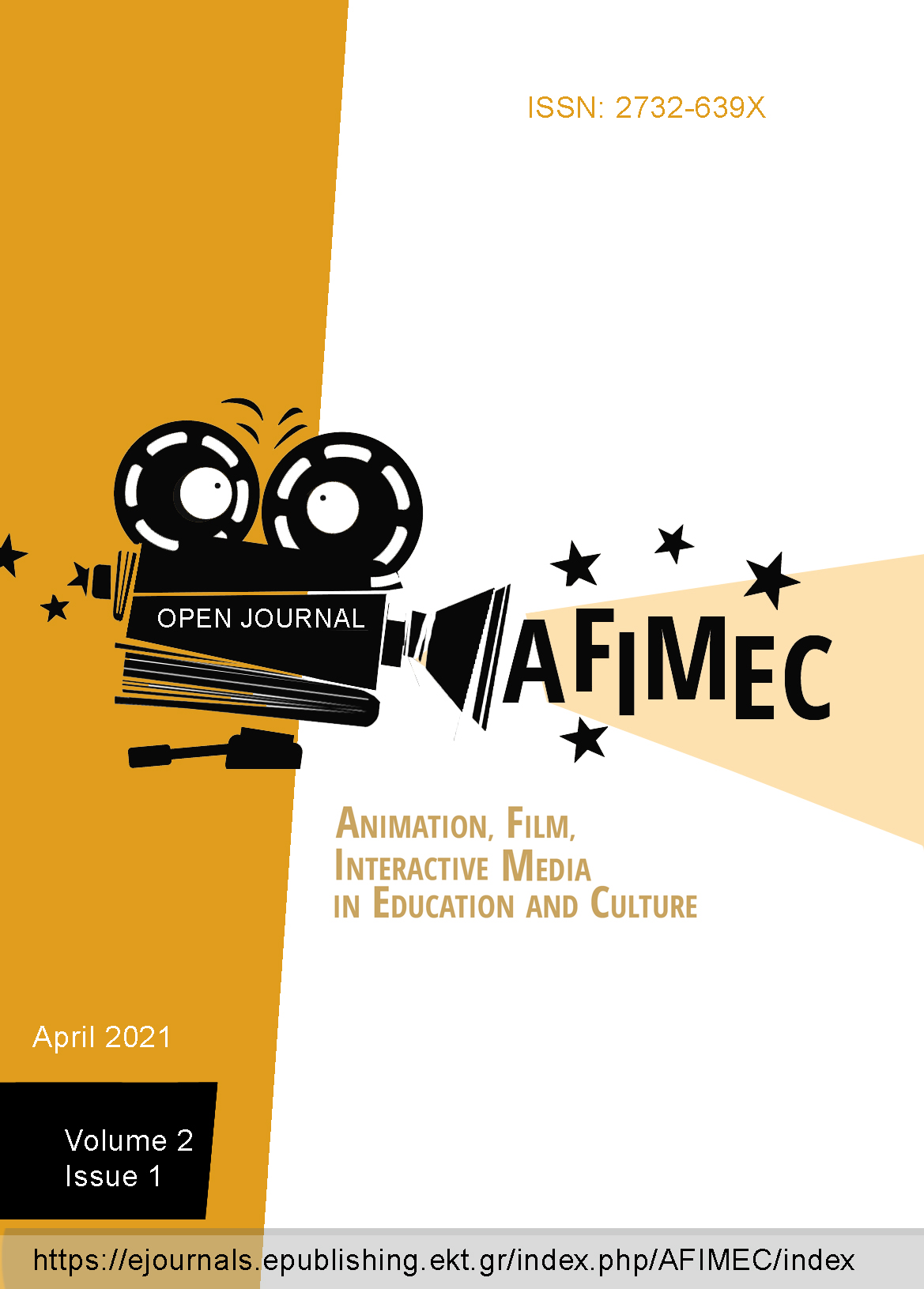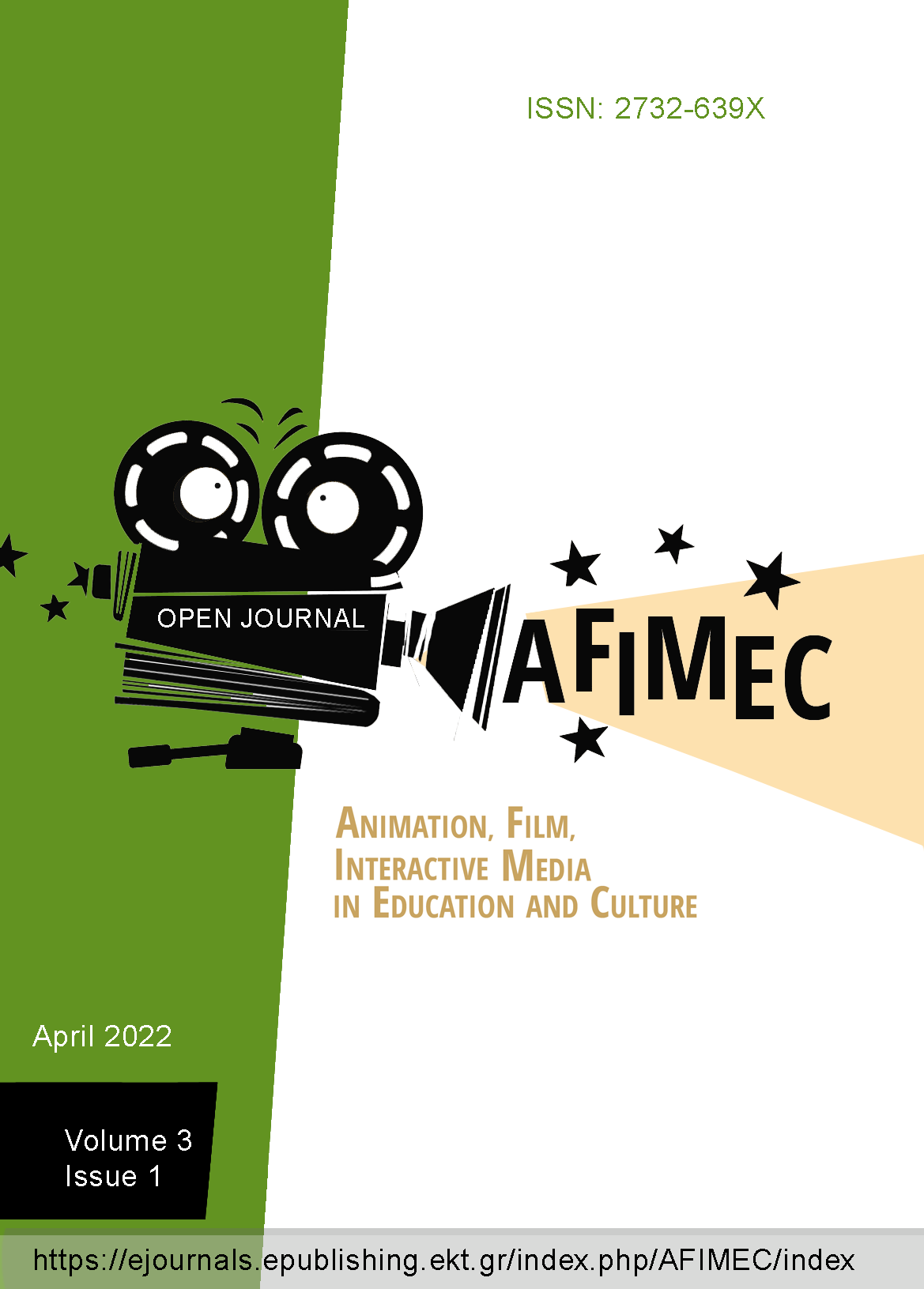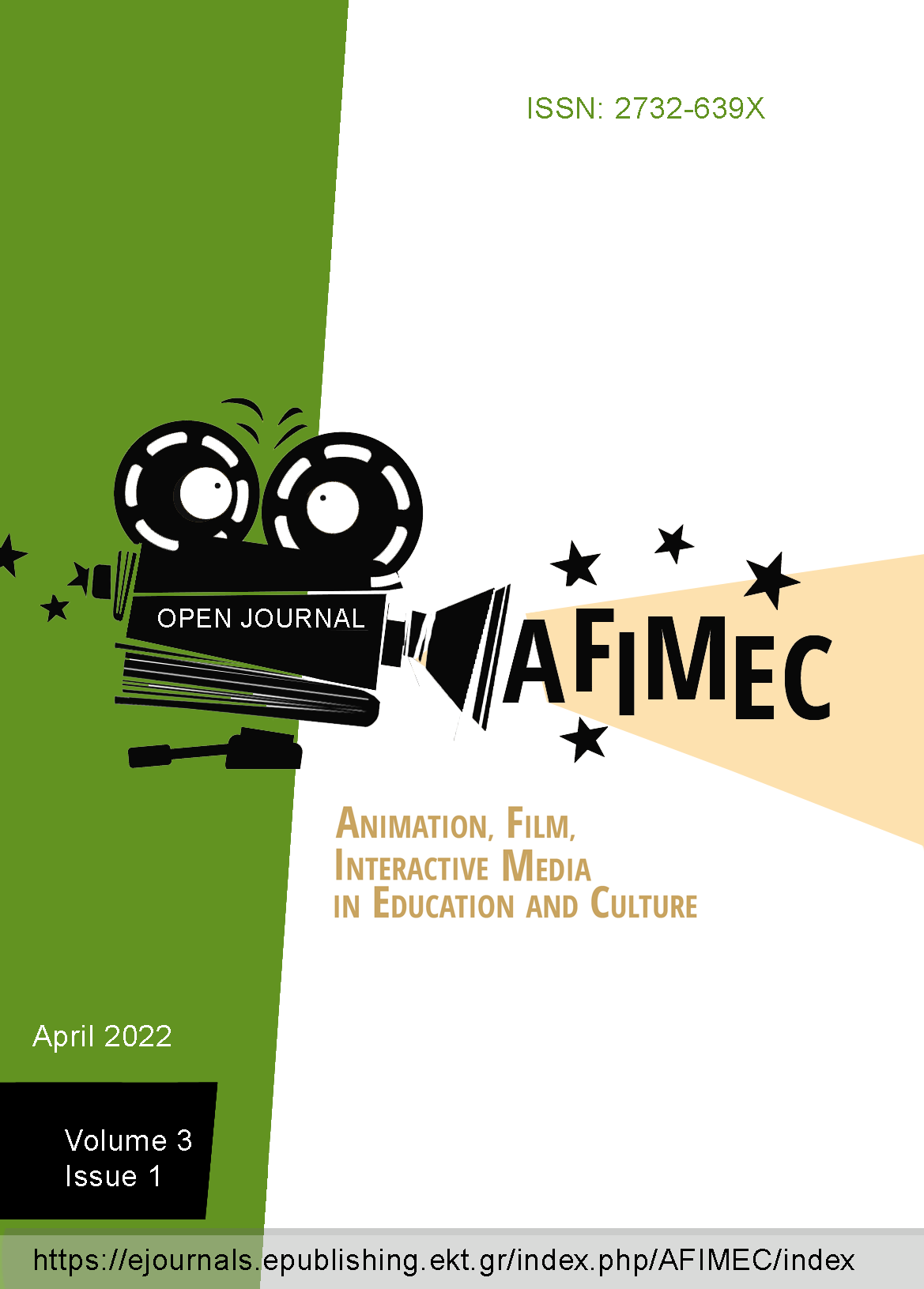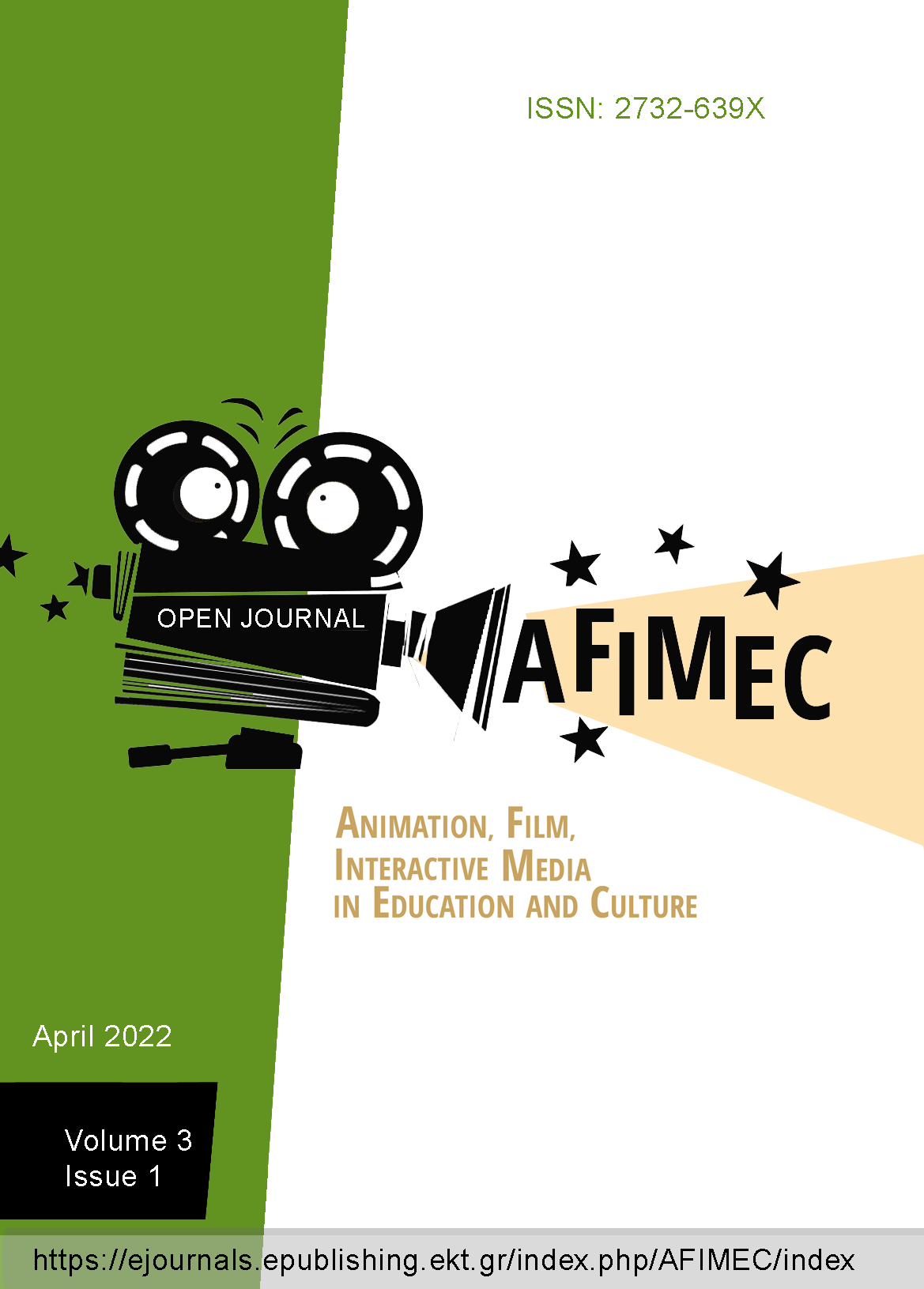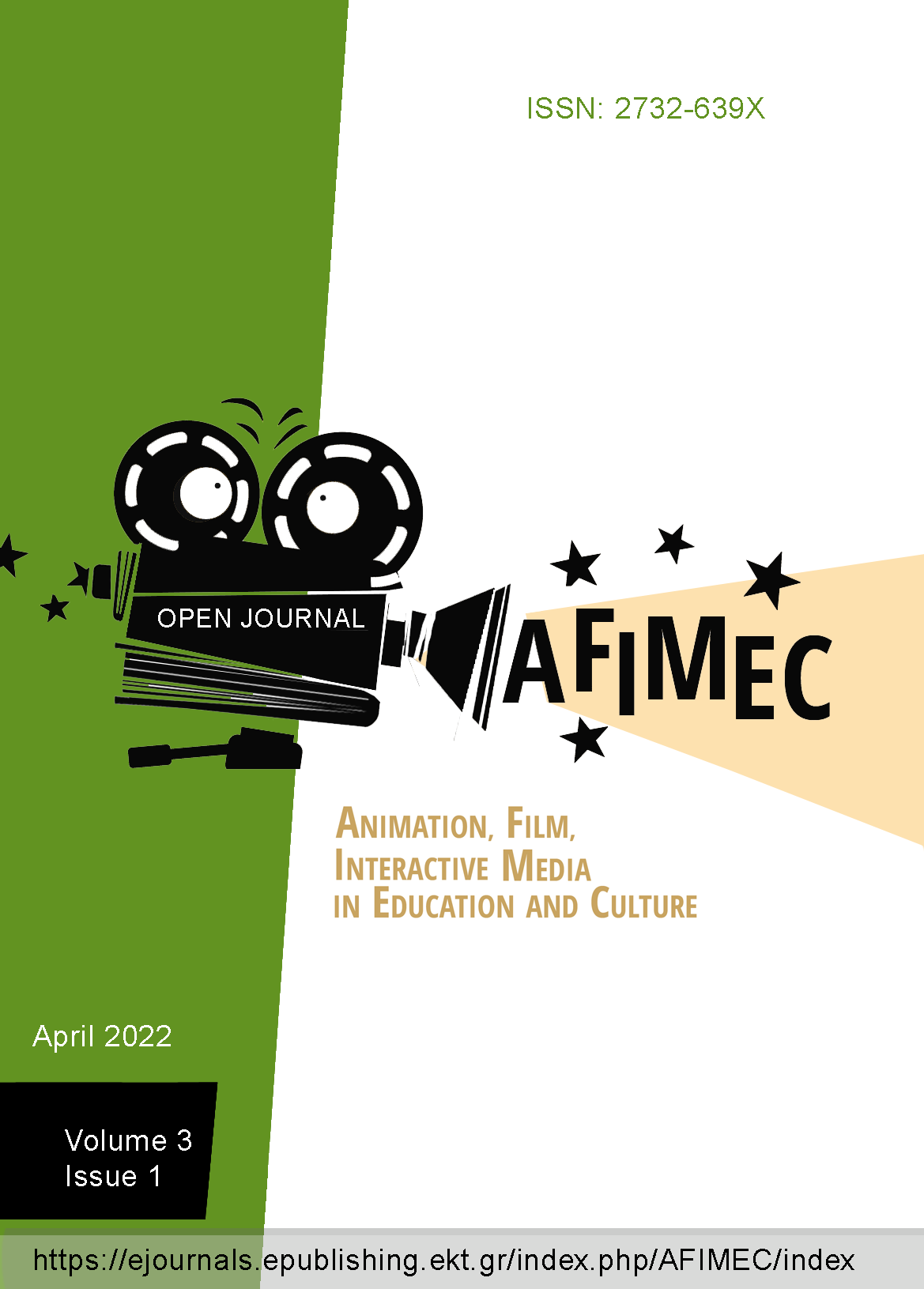Η διαταραχή αυτιστικού φάσματος στο σύγχρονο κινηματογράφο: Κινηματογραφικές αναπαραστάσεις σύμφωνα με τα διαγνωστικά χαρακτηριστικά του DSM- V
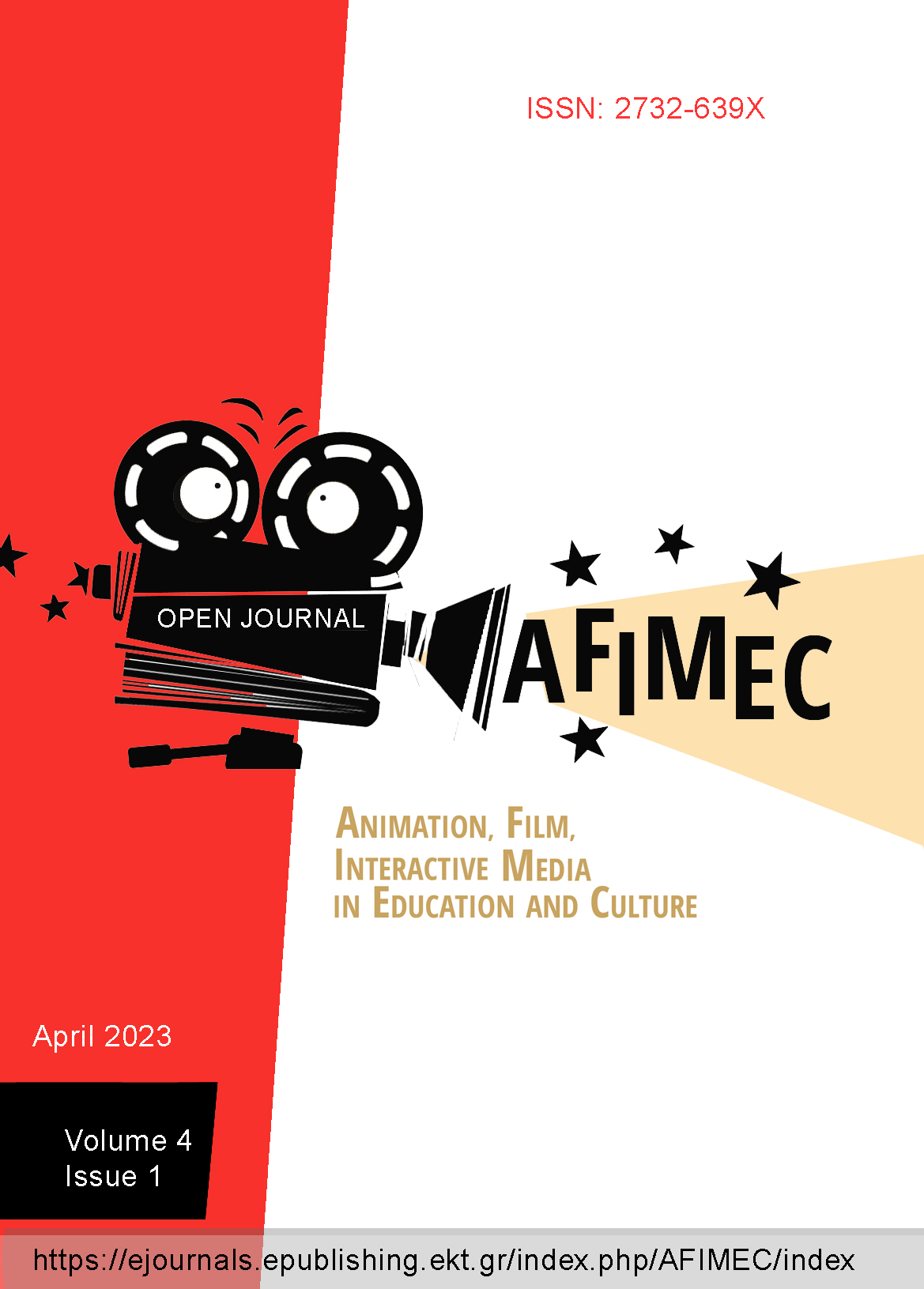
Abstract
The cinematic representations of autism have become a subject of intense interest in recent years. The concern of whether these representations are accurate or not, is related to the question of whether they can lead to stereotypical perceptions about the disorder. The purpose of this dissertation is to study whether the representations of people with autism spectrum disorder comply with the diagnostic criteria of DSM-V. The outcome of the findings is discussed in relation to the possible educational value that cinematic representations may have for the audience. According to the findings of the study, the cinematographic characters with ASD appear to accurately meet the diagnostic criteria of DSM-V. The majority of the representations are young, white men, and many have particular skills and talents. Furthermore, most of them are verbal characters with high functionality. After studying the results, it was found that, although the stereotypes were evident in the sample, cinema could also have an educational character, mainly informing and spreading awareness to the general public.
Article Details
- How to Cite
-
Αντώνογλου Μ., & Σοφός Α. (Λοΐζος). (2023). Η διαταραχή αυτιστικού φάσματος στο σύγχρονο κινηματογράφο: Κινηματογραφικές αναπαραστάσεις σύμφωνα με τα διαγνωστικά χαρακτηριστικά του DSM- V. Open Journal of Animation, Film and Interactive Media in Education and Culture [AFIMinEC], 4(1). https://doi.org/10.12681/afiinmec.34267
- Section
- Articles
- Οι Συγγραφείς διατηρούν τα Πνευματικά Δικαιώματα και χορηγούν στο περιοδικό το δικαίωμα της πρώτης δημοσίευσης ενώ ταυτόχρονα τα πνευματικά δικαιώματα της εργασίας προστατεύονται σύμφωνα με την Creative Commons Attribution License που επιτρέπει σε τρίτους - αποδέκτες της άδειας να χρησιμοποιούν την εργασία όπως θέλουν με την προϋπόθεση της διατήρησης των διατυπώσεων που προβλέπονται στην άδεια σχετικά με την αναφορά στον αρχικό δημιουργό και την αρχική δημοσίευση σε αυτό το περιοδικό.
- Οι Συγγραφείς μπορούν να συνάπτουν ξεχωριστές, και πρόσθετες συμβάσεις και συμφωνίες για την μη αποκλειστική διανομή της εργασίας όπως δημοσιεύτηκε στο περιοδικό αυτό (π.χ. κατάθεση σε ένα ακαδημαϊκό καταθετήριο ή δημοσίευση σε ένα βιβλίο), με την προϋπόθεση της αναγνώρισης και την αναφοράς της πρώτης δημοσίευσης σε αυτό το περιοδικό.



